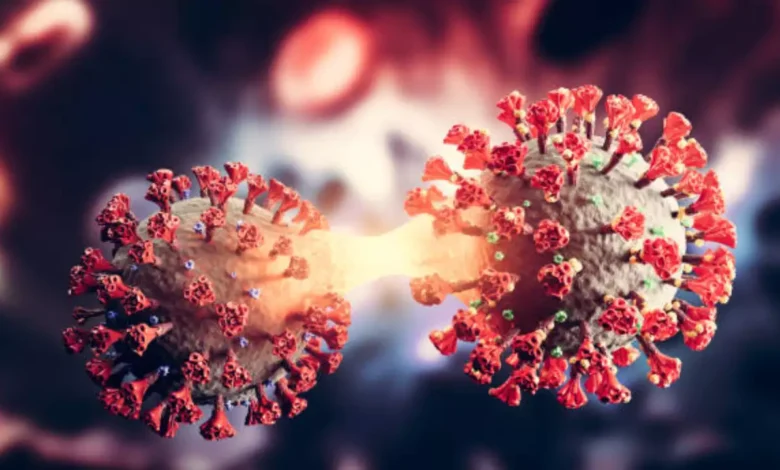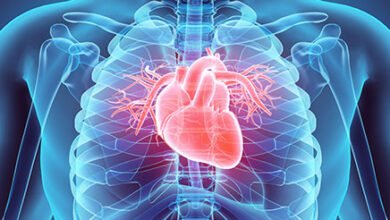UK Battles COVID-19 Surge: All You Need to Know About the KP.3 Variant and Its Symptoms

The UK is facing a renewed wave of COVID-19 infections, with the recently emerged KP.3 variant taking center stage. This surge has caused concern, particularly as information about the variant’s characteristics and potential severity remains under investigation. The KP3 variant has caused a significant spike in cases in the US and is now present in the UK, although in smaller numbers so far.
This blog post dives deep into the current situation in the UK, exploring the rise of the KP.3 variant and its associated symptoms. We’ll also analyze expert opinions and recommendations to keep you informed and prepared.
The Rise of KP.3 in the UK
The KP.3 variant belongs to a group of COVID-19 variants collectively known as the “FLiRT” variants, named for the specific mutations they share. These variants have been steadily increasing in prevalence across the globe, particularly in the United States, where KP.3 was responsible for a significant portion of cases in early summer 2024.
The UK has now detected a surge in KP.3 cases, mirroring the trend observed in the US. This has led to a rise in overall COVID-19 infections and a corresponding increase in hospital admissions. The UK Health Security Agency (UKHSA) is actively monitoring the situation and collecting data to understand the variant’s transmissibility and potential for causing severe illness.
Symptoms of the KP.3 Variant
While research into KP.3 is ongoing, early reports suggest that the variant shares many symptoms with previous COVID-19 strains, particularly the dominant JN.1 variant that preceded it. Here’s a breakdown of the common symptoms associated with KP.3:
- Fever or chills: A high body temperature or feeling feverish is a hallmark symptom of COVID-19, including the KP.3 variant.
- Shortness of breath: Difficulty breathing or feeling winded is another prevalent symptom that necessitates seeking medical attention.
- Cough: A persistent cough, especially if it produces mucus, can be a sign of COVID-19 infection.
- Fatigue: Feeling unusually tired or lethargic can be a symptom of the virus.
- Loss of taste or smell: This symptom, though less common than others, can still occur with KP.3 infection.
- Muscle or body aches: General aches and discomfort can be a telltale sign of the virus at work.
- Headache: Headaches are a frequent symptom of various illnesses, including COVID-19.
- Sore throat: A scratchy or painful throat can be an indicator of KP.3 infection.
- Nausea or vomiting: Upset stomach and digestive issues can sometimes accompany COVID-19.
- Diarrhea: Loose stools can be a symptom, particularly in children infected with KP.3.
It’s crucial to remember that this list is not exhaustive, and some individuals may experience no symptoms at all. If you experience any combination of these symptoms, especially if they worsen or persist, it’s vital to get tested for COVID-19 to receive proper diagnosis and treatment.
Key Detail
Hospital admissions in the UK have climbed to 3.31 per 100,000 people as of the week ending June 16, up from 2.67 per 100,000 the week before. The UK Health Security Agency (UKHSA) has stated that it needs more data to fully understand the severity and infectiousness of these new variants.
Expert Opinions and Recommendations
The UKHSA is urging caution as they gather more data on the KP.3 variant. Here are some key takeaways from their recommendations:
- Vaccination remains paramount: Getting fully vaccinated with the latest COVID-19 vaccines is the most effective way to protect yourself from severe illness, hospitalization, and death from COVID-19, regardless of the variant.
- Boosters are essential: Staying up-to-date with booster shots is crucial for maintaining optimal protection, especially for vulnerable populations.
- Testing and isolation: If you experience symptoms, get tested immediately and self-isolate to prevent further spread of the virus.
- Maintaining good hygiene: Frequent handwashing, wearing masks in crowded settings, and maintaining social distancing when possible are all crucial steps in preventing the spread of COVID-19.
By staying informed, following public health guidelines, and being vigilant about hygiene practices, we can collectively navigate this new surge in COVID-19 cases.



